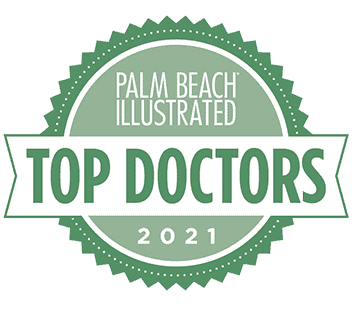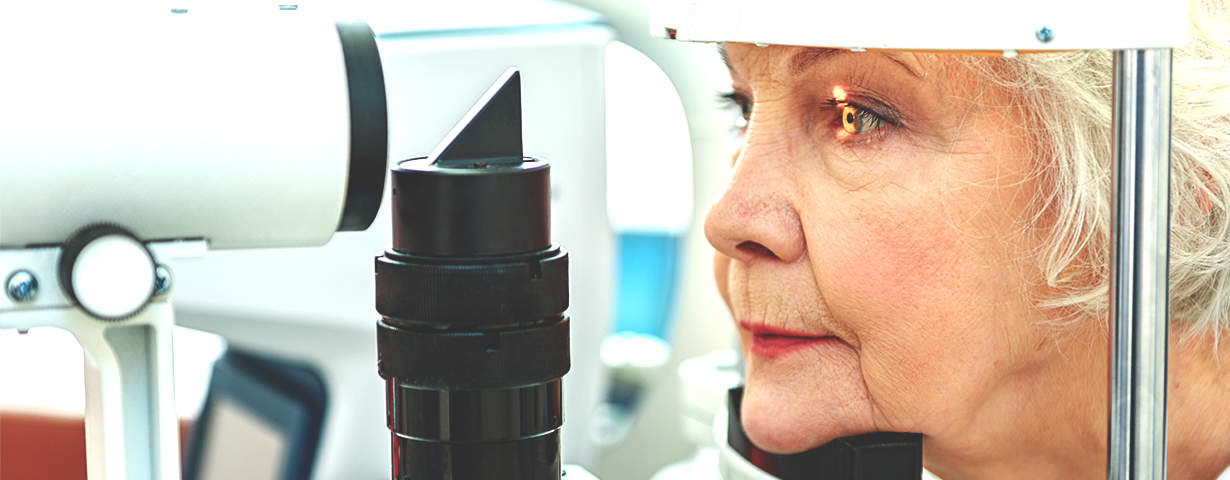Smartphone Use Increases Teens’ Risk for Nearsightedness
For as omnipresent as technology is in modern life, we are only just beginning to understand the kind of impact digital devices have on our health. The doctors at Mittleman Eye have been especially interested to learn more about the effects that screentime may have on the eyes.
We want to highlight one recent study we found particularly interesting: it takes a closer examination at what smartphone use does to teenagers’ eyes. Researchers in the Netherlands linked smartphone use, particularly prolonged smartphone use, with the development of myopia. Myopia is the technical term for nearsightedness, a condition where objects in the distance appear blurry.
Myopia Study Details
Over 500 Dutch minors (aged 12 to 16) participated in the study, led by Clair Enthoven. She provided the subjects with an app that monitored their smartphone use, as well as how close kids put their face to the phone. The app also tasked the participants with logging how much time they spent outside each day. Months later, children were checked for refractive errors like myopia.
Collectively, the teens averaged nearly four hours per day looking at their phones, and only about two and half hours of outdoor time. The data did not suggest that the distance at which a teenager holds the phone away from his or her face makes a substantial difference when it comes to developing myopia. However, it did show a significant correlation between teens staring at a phone screen for over 20 minutes at a time and developing nearsightedness. Those who took more frequent breaks from their phone, even if they averaged the same amount of screentime overall, were less likely to have myopia.
Tracking the amount of time that teenagers spent outside provided useful information. Teenagers who spent the most time outside had lower rates of myopia. While for some teenagers spending more time outdoors was indicative of spending less time on the phone, even those who spent an above-average amount of the time on their phones seemed to benefit from their time outdoors, undoing some of the myopic effects found with frequent phone use.
What This Means for Parents and Kids?
The top lesson seems to be that breaks from the phone are pivotal. If you can’t break your teen of a TikTok habit, teach them the 20-20-20 rule. After 20 interrupted minutes of looking at a screen, they should focus their eyes on an object at least 20 feet away for 20 seconds. This brief shift may be just the trick to avoid myopia. Moreover, kids should strive to spend at least two hours per day outdoors to give their eyes relief from screens.
How to Treat Myopia?
While this information may help some teenagers to avoid developing nearsightedness, our team of doctors is available to help patients of all ages to overcome refractive errors with prescription lenses or surgery.
Patients who would like to improve their eyesight can text or call (561) 500-2020 to arrange an appointment with our team of experts, or schedule one online.




















